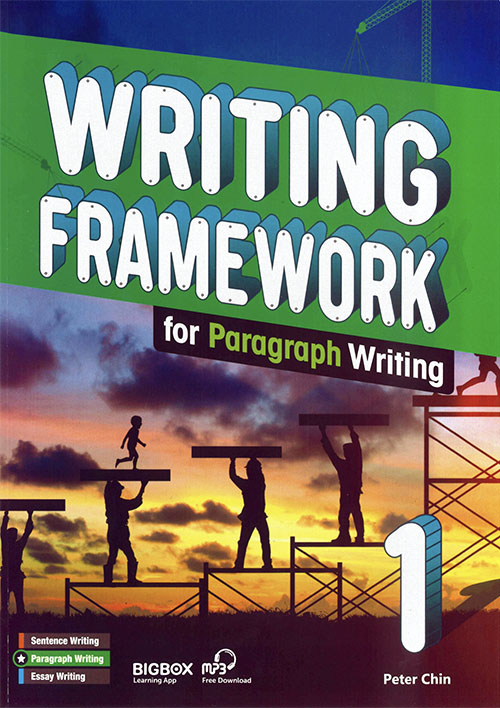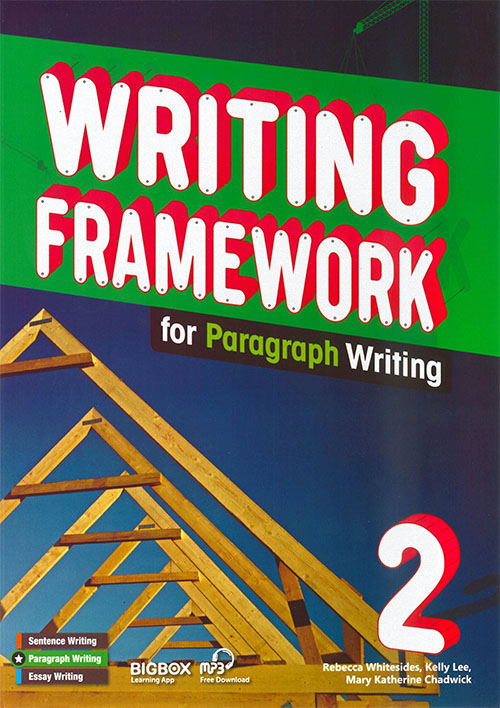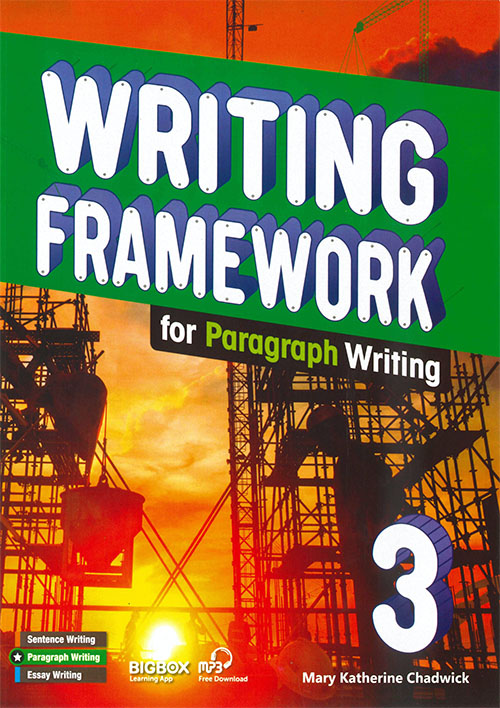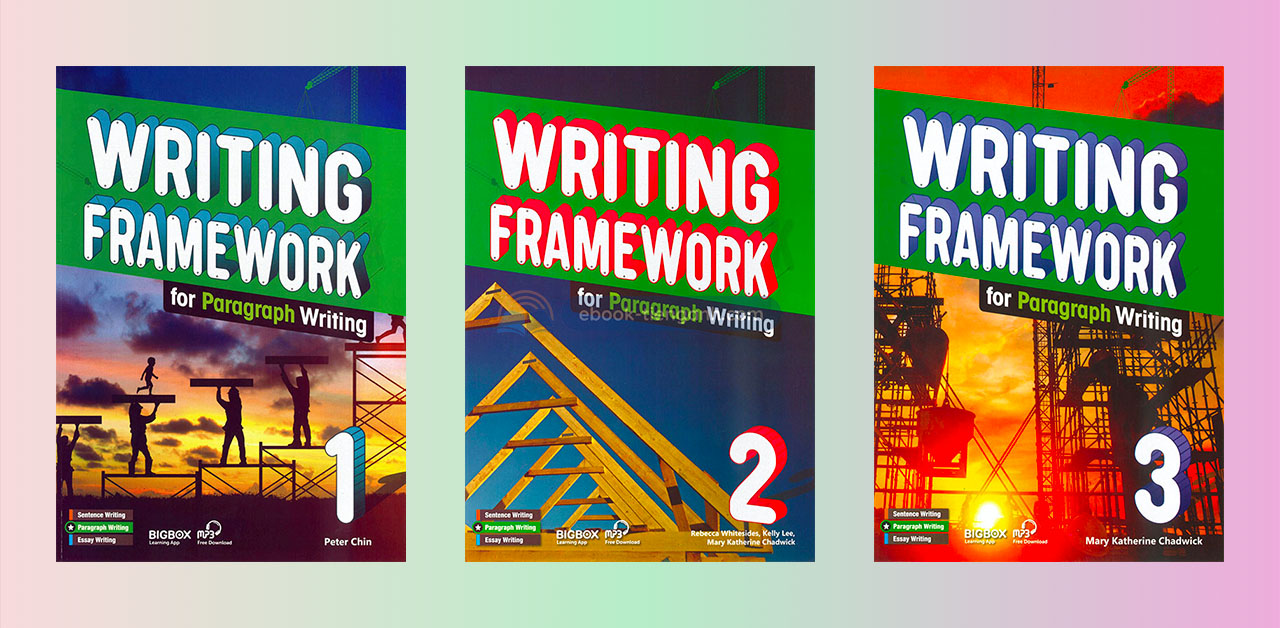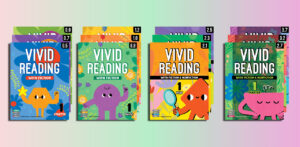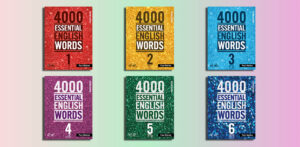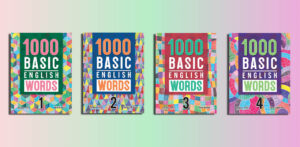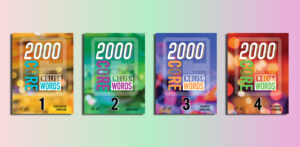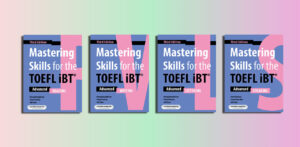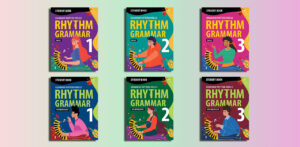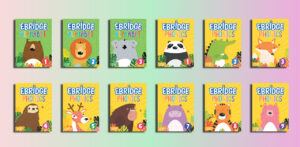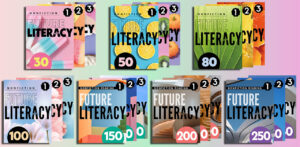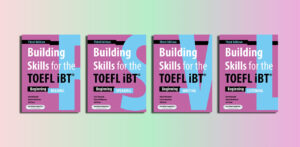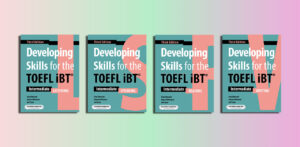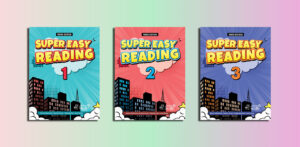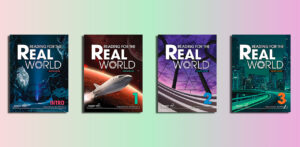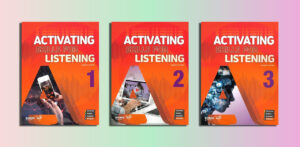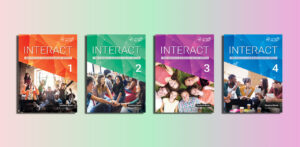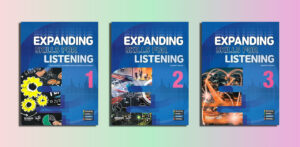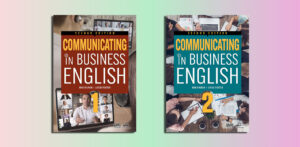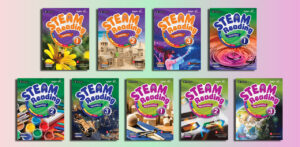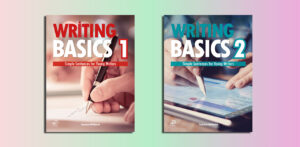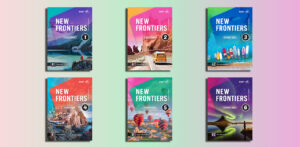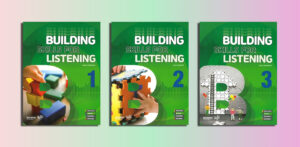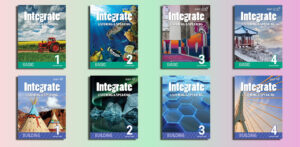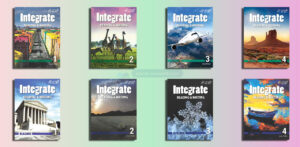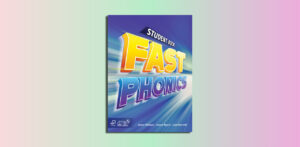Compass, Download, Online iTools
Writing Framework for Paragraph Writing Pdf Presentation Tool (A2 / A2+)
Writing Framework for Paragraph Writing (PDFs, Resources)
Level 1 (A2)
Writing Framework for Paragraph Writing 1 Student’s Book.pdf – Sample: Click
Writing Framework for Paragraph Writing 1 Workbook.pdf – Sample: Click
Answer Key – Audio – Final Test – Lesson Plan – Midterm Test – Syllabus – Teacher’s Guide – Transcripts – Unit Test – Word List – Word Test – Writing Worksheets
Level 2 (A2)
Writing Framework for Paragraph Writing 2 Student’s Book.pdf – Sample: Click
Writing Framework for Paragraph Writing 2 Workbook.pdf – Sample: Click
Answer Key – Audio – Final Test – Lesson Plan – Midterm Test – Syllabus – Teacher’s Guide – Transcripts – Unit Test – Word List – Word Test – Writing Worksheets
Level 3 (A2+)
Writing Framework for Paragraph Writing 3 Student’s Book.pdf – Sample: Click
Writing Framework for Paragraph Writing 3 Workbook.pdf – Sample: Click
Answer Key – Audio – Final Test – Lesson Plan – Midterm Test – Syllabus – Teacher’s Guide – Transcripts – Unit Test – Word List – Word Test – Writing Worksheets
Set Writing Framework
- Writing Framework for Sentence Writing (Pre A1 / A1+)
- Writing Framework for Paragraph Writing (A2 / A2+)
- Writing Framework for Essay Writing (B1 / B2)
Online interactive book Demo
✅ Get Writing Framework for Paragraph Writing (PDFs, Resources): $8 for one level; $20 for all 3 levels
✅ Get Writing Framework for Paragraph Writing (Online interactive book): $8 for one level; $20 for all 3 levels
๏ Other payment methods: Click here
Set Writing Framework
๏ Writing Framework for Sentence Writing (Pre A1 / A1+)
๏ Writing Framework for Paragraph Writing (A2 / A2+)
๏ Writing Framework for Essay Writing (B1 / B2)
Overview of the “Writing Framework for Paragraph Writing”
Contents
- 1 Overview of the “Writing Framework for Paragraph Writing”
- 2 Who is suitable for ‘Writing Framework for Paragraph Writing’?
- 3 The benefits of ‘Writing Framework for Paragraph Writing’
- 4 Effective teaching and learning strategies for ‘Writing Framework for Paragraph Writing’
- 5 Top Writing Skill Development Series: Mastering Paragraph Construction and Composition
| ✅ Coursebook: | Writing Framework for Paragraph Writing |
| ✅ Authors: | Peter Chin, Rebecca Whitesides, Kelly Lee, Mary Katherine Chadwick, Mary Katherine Chadwick |
| ✅ Publisher: | Compass Publishing |
| ✅ Skill: | Writing |
| ✅ 3 Levels: | A2, A2+ |
| ✅ English type: | American English |
| ✅ Publication year: | 2020 |
The “Writing Framework for Paragraph Writing” series, published by Compass Publishing, is a comprehensive educational resource designed for upper-elementary to intermediate level students, primarily targeting the CEFR level A2 to A2+. The series focuses on enhancing paragraph writing skills through a variety of real-world contexts and extensive practice activities. The books are structured to not only improve writing abilities but also to foster critical thinking and understanding of the writing process.
Series Overview:
Writing Framework for Paragraph Writing 1
- Writer: Peter Chin
- ISBN: 978-1-64015-616-6
- Target Audience: Upper-Elementary – Intermediate
- CEFR Level: A2
Writing Framework for Paragraph Writing 2
- Writers: Rebecca Whitesides, Kelly Lee, Mary Katherine Chadwick
- ISBN: 978-1-64015-617-3
- Target Audience: Upper-Elementary – Intermediate
- CEFR Level: A2
Writing Framework for Paragraph Writing 3
- Writer: Mary Katherine Chadwick
- ISBN: 978-1-64015-618-0
- Target Audience: Upper-Elementary – Intermediate
- CEFR Level: A2+
Key Features:
- Real-World Contexts: The series introduces students to writing skills in practical, real-world scenarios, making the learning process more engaging and applicable to everyday life.
- Critical Thinking Development: Each book in the series emphasizes the development of critical thinking skills through a guided, step-by-step writing process.
- Diverse Writing Practices: Students are exposed to a range of writing activities, from personal (like e-mails, journals, and letters) to academic (including essays, book reports, and storytelling), enhancing their versatility in writing.
- 21st-Century Writing Tasks: The series prepares students for modern writing demands with project-based tasks that reflect real-life applications.
Structured Learning Approach:
- Step 1: Warm-Up: Each unit begins with an introduction to the topic and vocabulary, setting the stage for the writing assignment.
- Step 2: Prewriting: This part focuses on language skills, reviewing grammar points and phrases relevant to the topic.
- Step 3: Drafting: Students are guided in creating an outline and a first draft of their essay, helping them structure their thoughts coherently.
- Step 4: Revising and Proofreading: This step teaches students the necessary proofreading tools to edit their own essays, an essential skill in writing.
- Extension: Interactive activities that extend the unit’s topics and goals, using speaking, reading, and writing skills.
Overall, the “Writing Framework for Paragraph Writing” series offers a detailed and practical approach to enhancing paragraph writing skills, preparing students to effectively communicate in various personal and academic settings. The series’ emphasis on real-world application, critical thinking, and step-by-step guidance makes it a valuable resource for developing competent and confident writers.
Writing Framework for Paragraph Writing 1 Student’s Book
Who is suitable for ‘Writing Framework for Paragraph Writing’?
The “Writing Framework for Paragraph Writing” series is particularly suitable for a specific range of learners, primarily considering their educational level, language proficiency, and learning objectives. The target audience and suitability can be outlined as follows:
Educational Level: Upper-Elementary to Intermediate Students
- This series is designed for students who are in the upper-elementary to intermediate stages of their educational journey. These are typically students who have moved beyond the basics of reading and writing and are ready to delve into more structured and complex forms of writing.
Language Proficiency: CEFR Level A2 to A2+
- The series targets students at the A2 to A2+ levels of the Common European Framework of Reference for Languages (CEFR). This indicates that it is well-suited for learners who have a basic understanding and use of the language and are capable of dealing with simple, straightforward information and expressing themselves in familiar contexts.
Students Seeking to Improve Paragraph Writing Skills
- The series is ideal for students who aim to enhance their skills in writing coherent and well-structured paragraphs. It’s beneficial for those who need to improve in areas such as developing ideas, organizing sentences, and maintaining coherence in their writing.
Learners Needing Real-World Writing Practice
- Since the series focuses on real-world contexts and practical writing applications, it is suitable for students who benefit from learning in context-based scenarios. This includes those who are preparing for real-life writing tasks like composing emails, letters, essays, and reports.
Students Working on Critical Thinking and Writing Process
- The step-by-step guided writing process in the series is aimed at developing critical thinking skills. Students who need to cultivate their ability to analyze, evaluate, and create based on written information will find this series beneficial.
Learners Preparing for 21st-Century Writing Demands
- The series is apt for students who need to prepare for the writing demands of the 21st century, including project-based tasks and various forms of digital writing.
Individuals Seeking Comprehensive Writing Practice
- The series provides extensive practice in different forms of writing, from personal to academic. This makes it suitable for learners who require a broad and varied practice in writing.
Educators and Tutors
- Teachers and tutors looking for a structured curriculum to teach paragraph writing will find this series a valuable resource. It provides a clear framework and progression, making it easier to guide students through the learning process.
In summary, the “Writing Framework for Paragraph Writing” series is suitable for upper-elementary to intermediate level students who are at the CEFR level A2 to A2+ and are looking to improve their paragraph writing skills through a structured, real-world, and critical thinking-oriented approach.
Writing Framework for Paragraph Writing 2 Student’s Book
The benefits of ‘Writing Framework for Paragraph Writing’
The “Writing Framework for Paragraph Writing” series offers several significant benefits to its target audience, mainly upper-elementary to intermediate students at the CEFR level A2 to A2+. These benefits align with both educational objectives and practical language application, providing a comprehensive approach to developing paragraph writing skills. Here are the main advantages:
Enhanced Paragraph Writing Skills:
- The series specifically focuses on paragraph writing, helping students learn how to structure their ideas coherently and cohesively within a paragraph format.
Structured Learning Approach:
- With its step-by-step methodology, the series provides a clear and systematic approach to writing, which is particularly beneficial for learners who are still developing their writing skills.
Real-World Writing Contexts:
- By incorporating real-life scenarios and practical writing applications, such as emails, journals, and essays, the series makes learning more relevant and engaging for students.
Development of Critical Thinking:
- The guided writing process encourages students to develop critical thinking skills, an essential aspect of effective writing. This involves analyzing, synthesizing, and evaluating ideas.
Grammar and Vocabulary Enhancement:
- The series includes activities focused on language skills, reinforcing grammar and vocabulary, which are crucial for writing proficiency.
Diverse Writing Practices:
- Students are exposed to a range of writing activities, spanning personal to academic styles, thus broadening their writing capabilities and adaptability.
Preparation for Advanced Writing Tasks:
- As students progress through the series, they are gradually prepared for more complex writing tasks, making it an effective stepping stone for higher-level writing demands.
Self-Editing and Proofreading Skills:
- The series teaches students how to proofread and edit their own work, a critical skill for any writer. This includes checking for grammatical errors, improving sentence structure, and ensuring clarity.
Project-Based Learning:
- The inclusion of project-based tasks aligns with modern educational practices, fostering skills that are essential for 21st-century learning and communication.
Interactive and Engaging Learning:
- The series includes interactive activities that make learning more engaging. This can help maintain student interest and motivation in the subject.
Building Confidence in Writing:
- By providing a clear framework and regular practice, the series helps build confidence in students’ writing abilities.
Adaptability for Different Learning Environments:
- The material can be adapted for various educational settings, including traditional classrooms, online learning, and individual tutoring.
In summary, the “Writing Framework for Paragraph Writing” series offers a holistic approach to writing education, equipping students with the skills needed for effective paragraph construction, critical thinking, and practical application in various writing scenarios. This series serves as an essential resource for developing competent and confident writers.
Writing Framework for Paragraph Writing 3 Student’s Book
Effective teaching and learning strategies for ‘Writing Framework for Paragraph Writing’
To effectively implement the “Writing Framework for Paragraph Writing” in a teaching and learning environment, educators can adopt a variety of strategies. These strategies should aim to engage students, enhance understanding, and foster the development of writing skills. Here are some effective teaching and learning strategies for this series:
Interactive Discussions:
- Facilitate classroom discussions about the topics covered in the series. This encourages students to think critically about the subject matter and share their ideas, which can then be incorporated into their writing.
Step-by-Step Instruction:
- Follow the structured approach provided in the series. Break down the writing process into manageable steps such as brainstorming, drafting, revising, and editing. This helps students understand each aspect of writing a well-structured paragraph.
Real-World Writing Exercises:
- Assign writing tasks that mimic real-life scenarios. This could include writing letters, emails, or short narratives. Such exercises make the learning experience more practical and relatable.
Peer Review Sessions:
- Organize peer review workshops where students can give and receive feedback on their writing. This not only helps improve their work but also develops their ability to critically evaluate writing.
Use of Visual Aids:
- Employ visual aids like mind maps or graphic organizers to help students plan and organize their paragraphs. This is particularly helpful for visual learners.
Incorporating Technology:
- Utilize technology in the classroom, such as writing software or educational apps, to make the learning process more engaging and contemporary.
Personalized Feedback:
- Provide individual feedback on students’ writing. Personalized comments can help them understand their strengths and areas for improvement.
Creative Writing Prompts:
- Use creative prompts to stimulate students’ imagination and encourage them to write more expressively.
Reading and Analyzing Examples:
- Analyze examples of good paragraph writing. Dissecting well-written paragraphs can help students understand what makes effective writing.
Regular Writing Practice:
- Emphasize the importance of regular practice. Consistent writing exercises help students steadily improve their skills.
Writing Games and Activities:
- Incorporate games and fun activities related to writing. This can make learning more enjoyable, especially for younger students.
Encouraging Self-Editing:
- Teach students self-editing techniques. Encourage them to review and revise their own work, fostering a sense of independence and responsibility in their writing.
Diverse Writing Assignments:
- Provide a variety of writing tasks, covering different genres and styles. This broad exposure helps students become adaptable and versatile writers.
Reflective Practice:
- Encourage students to reflect on their writing process and progress. This can involve maintaining a writing journal or engaging in self-assessment activities.
By integrating these strategies, teachers can create a dynamic and effective learning environment that maximizes the potential of the “Writing Framework for Paragraph Writing” series, ultimately enhancing students’ writing skills and confidence.
Top Writing Skill Development Series: Mastering Paragraph Construction and Composition
For learners looking for alternatives to the “Writing Framework for Paragraph Writing” by Compass, which is designed to help students construct well-organized paragraphs across various writing contexts, several educational series offer a similar blend of structured writing instruction and practice. These alternatives focus on enhancing paragraph writing skills, critical thinking, and the overall writing process:
- “Effective Academic Writing” by Oxford University Press: A series that introduces students to the fundamentals of academic writing, guiding them from sentence formation to paragraph writing and eventually full essays, with a focus on structure, coherence, and unity in writing.
- “Longman Academic Writing Series” by Pearson Education: This comprehensive series takes learners from basic sentence writing to the complexities of academic essays and research papers, with specific titles dedicated to paragraph writing and development.
- “Ready to Write” by Pearson Education: A classic series that provides clear instruction and extensive practice in writing skills, from organizing ideas and writing sentences to crafting complete paragraphs and essays.
- “Paragraph Writing” by Dorothy E. Zemach and Carlos Islam (Macmillan Education): Offers a step-by-step approach to writing paragraphs, from planning and drafting to revising and editing, suitable for beginning to intermediate writers.
- “First Steps in Academic Writing” by Ann Hogue (Pearson Education): Part of the “Longman Academic Writing Series,” this book focuses on developing academic writing skills at the paragraph level, emphasizing clarity, precision, and organization.
- “Writing to Communicate” by Cynthia A. Boardman and Jia Frydenberg (Pearson Education): Provides learners with essential tools to express themselves accurately and effectively, with a focus on paragraph development and the transition to longer essays.
- “Great Writing” by National Geographic Learning: Although more comprehensive, this series includes levels that focus specifically on paragraph writing, teaching students how to write clear, effective paragraphs with engaging topics and structured practice.
- “Writer’s Resources: From Paragraph to Essay” by Julie Robitaille and Robert Connelly (Cengage Learning): A resource that offers guidance on writing paragraphs and essays, with exercises to develop skills in organization, coherence, and unity, as well as in the revision process.
- “Exploring Writing: Paragraphs and Essays” by John Langan (McGraw-Hill Education): Focuses on improving writing skills by emphasizing the importance of planning, drafting, revising, and editing, with detailed guidance on paragraph development.
- “The Writer’s World: Paragraphs and Essays” by Lynne Gaetz and Suneeti Phadke (Pearson Education): Offers comprehensive coverage of paragraph and essay writing, with attention to grammar and mechanics, and includes a variety of exercises for practice.
- “Paragraph Practice: Writing the Paragraph and the Short Composition” by Mary Newton Bruder (Prentice Hall): Provides exercises and instructions for writing paragraphs and short compositions, focusing on topic sentences, supporting details, and concluding sentences.
- “Writing Paragraphs and Essays: Integrating Reading, Writing, and Grammar Skills” by Joy Wingersky, Janice K. Boerner, and Diana Holguin-Balogh (Cengage Learning): A resource that helps students improve their writing by integrating reading and grammar into the writing process, offering strategies for developing coherent paragraphs and essays.
- “Just Write: A Paragraph” by Elsie S. Wilmerding and Alexandra S. Bidelow (Heinle Cengage Learning): Designed for beginning writers, this book focuses on the fundamentals of writing coherent paragraphs, with exercises that encourage practice and improvement.
- “Writing for Life: Paragraphs and Essays” by D.J. Henry (Pearson Education): Emphasizes the connection between reading, thinking, and writing, offering practical advice and exercises for developing paragraphs and essays, with a focus on real-life writing situations.
- “Sentence to Paragraph” by K12 Inc.: Tailored for younger writers or those new to paragraph writing, this resource guides learners through the process of constructing sentences, organizing them into paragraphs, and developing short compositions.
- “Pathways to Writing” by Thomson Heinle: Offers a structured approach to writing development, from sentence construction through to paragraph writing, with a focus on critical thinking and the writing process.
These alternatives offer robust preparation and enrichment for learners aiming to develop their paragraph writing skills. They provide a mix of comprehensive language development, practical writing exercises, and strategies to ensure a holistic approach to improving writing abilities.


